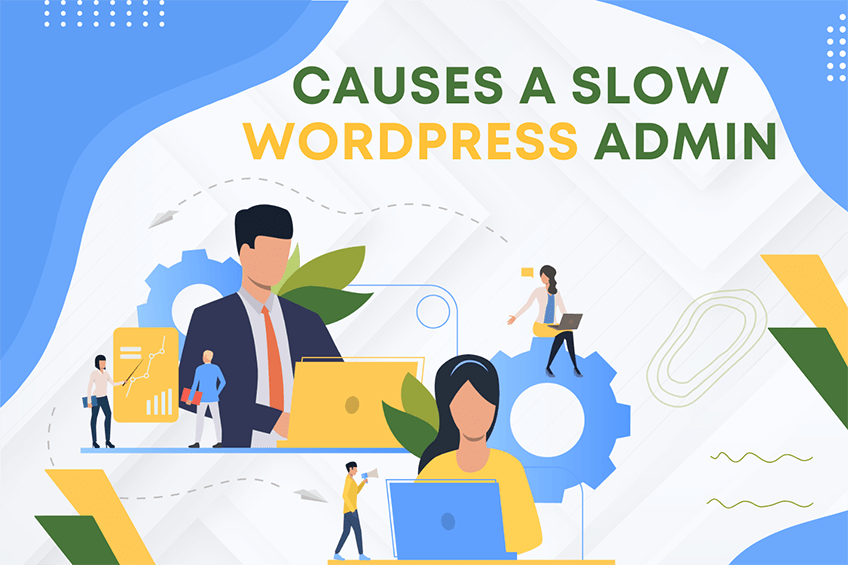This website uses cookies so that we can provide you with the best user experience possible. Cookie information is stored in your browser and performs functions such as recognising you when you return to our website and helping our team to understand which sections of the website you find most interesting and useful.
authenticate filter
The authenticate hook is used for implementing a customized authentication method, allowing you to replace the default WordPress login checks. For instance, if you authenticate a user from an external dataset or a third-party API, this hook can be used.
To use the authenticate filter, first you have to register it using add_filter. You can write this code into functions.php of your activated theme or in a custom WordPress Plugin.
We at WePlugins always prefer to create a custom WordPress Plugin while using hooks so nothing breaks when you update your WordPress Theme in the future.
In the below live example, we have defined a function weplugins_modify_authenticate_defaults which takes 3 parameters and we registered it using add_filter. The first parameter authenticate is the name of the hook, the second parameter weplugins_modify_authenticate_defaults is the name of the function which needs to be called, the third parameter is the priority of calling the hook if the same hook is used multiple times, and the last parameter is the number of arguments (if any) to be passed in the registered function.
Sometimes, you have to remove a registered hook so you can use remove_filter to remove the authenticate filter.
Parameters
- $user: (null|WP_User|WP_Error) WP_User if the user is authenticated. WP_Error or null otherwise.
- $username: (string) Username or email address.
- $password: (string) User password
Below are the 3 parameters required to use this hook.
Live Example
Below is an example of how you can use this hook.
function weplugins_modify_authenticate_defaults($user, $username, $password) {
// Update the $user variable according to your website requirements and return this variable. You can modify the $user variable conditionally too if you want.
return $user;
}
// add the filter
add_filter("authenticate", "weplugins_modify_authenticate_defaults", 10, 3);
External API Authentication Example
This example demonstrates how to authenticate a user via an external API.
function weplugins_custom_external_api_authentication($user, $username, $password) {
// Your logic to authenticate user via an external API
// Set $user to WP_User on success or WP_Error on failure
return $user;
}
add_filter('authenticate', 'weplugins_custom_external_api_authentication', 10, 3);
Custom Database Authentication Example
This example demonstrates how to authenticate a user using a custom database.
function weplugins_custom_database_authentication($user, $username, $password) {
global $wpdb;
// Your custom database authentication logic
// Set $user to WP_User on success or WP_Error on failure
return $user;
}
add_filter('authenticate', 'weplugins_custom_database_authentication', 10, 3);
Two-Factor Authentication Integration Example
This example demonstrates how to integrate two-factor authentication.
function weplugins_custom_two_factor_authentication($user, $username, $password) {
// Your logic to integrate two-factor authentication
// Set $user to WP_User on success or WP_Error on failure
return $user;
}
add_filter('authenticate', 'weplugins_custom_two_factor_authentication', 10, 3);
To remove a hook callback, use the example below.
remove_filter("authenticate", "weplugins_modify_authenticate_defaults", 10, 3);
Please make sure to provide the same callback function name, priority, and number of arguments while removing the hook callback.
Contact Us
If you’re having any trouble using this hook, please contact our WordPress Development Team and we’d be happy to assist you.
Explore the latest in WordPress
Trying to stay on top of it all? Get the best tools, resources and inspiration sent to your inbox every Wednesday.




